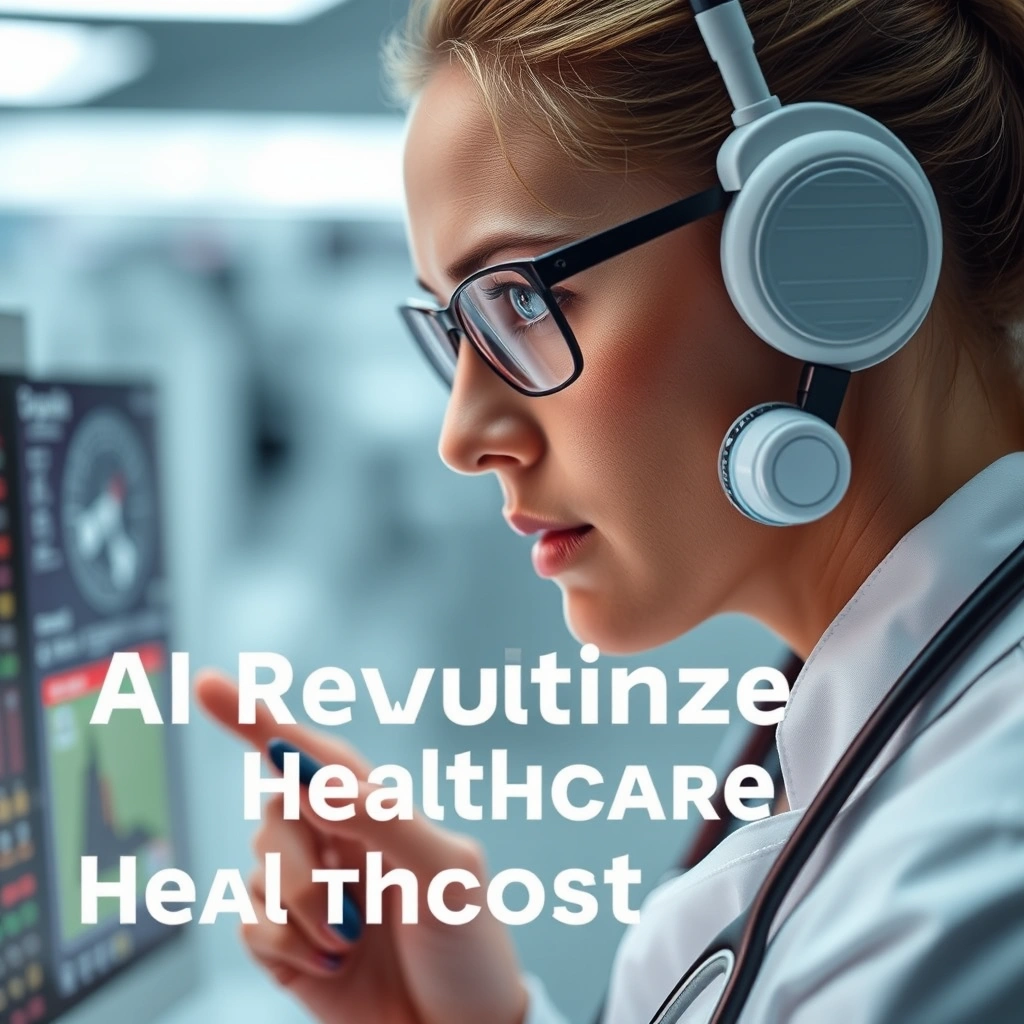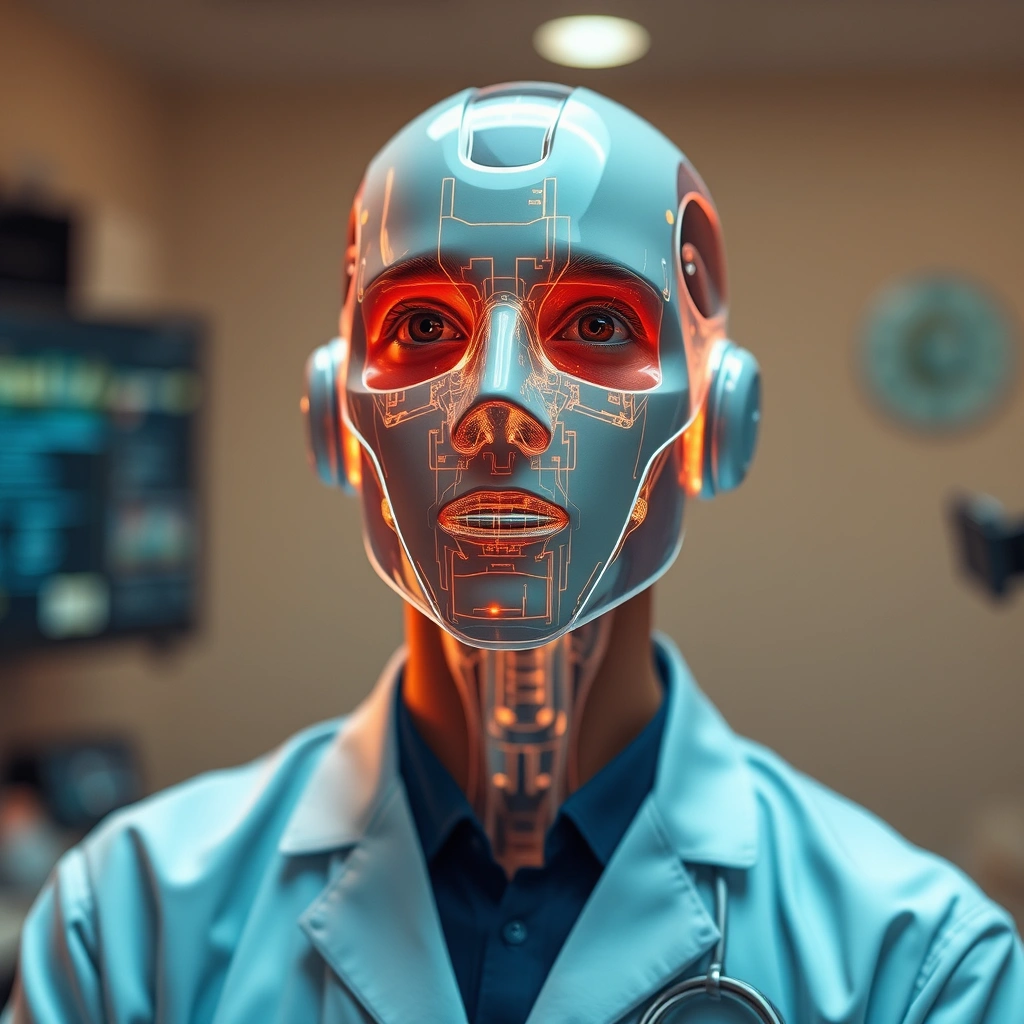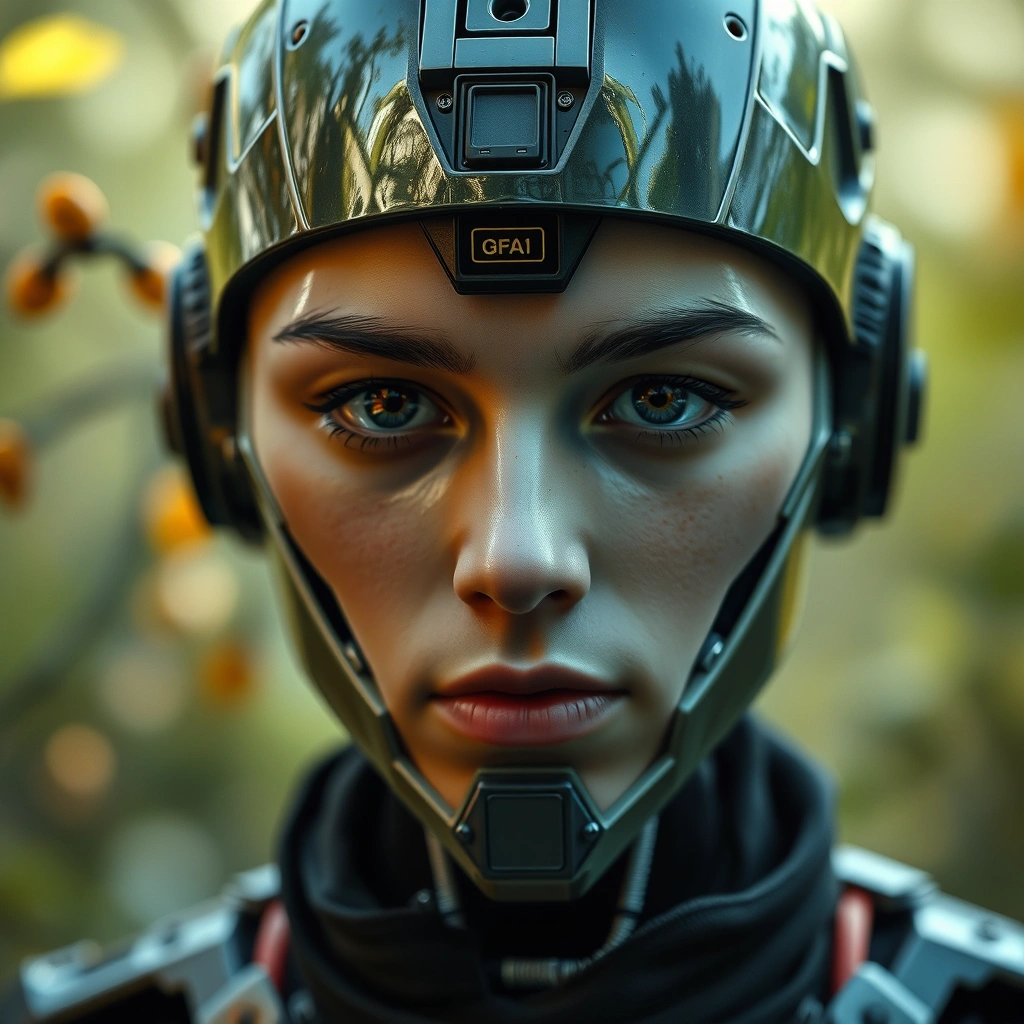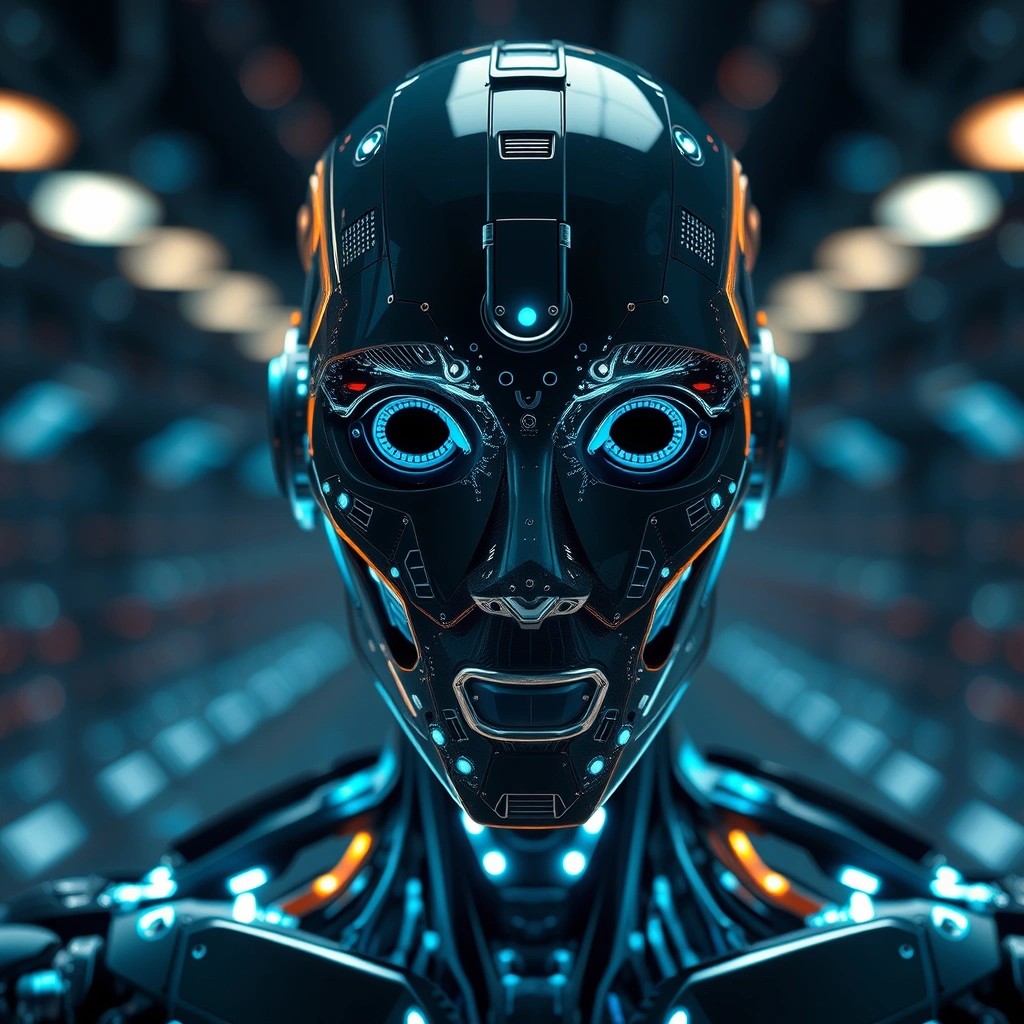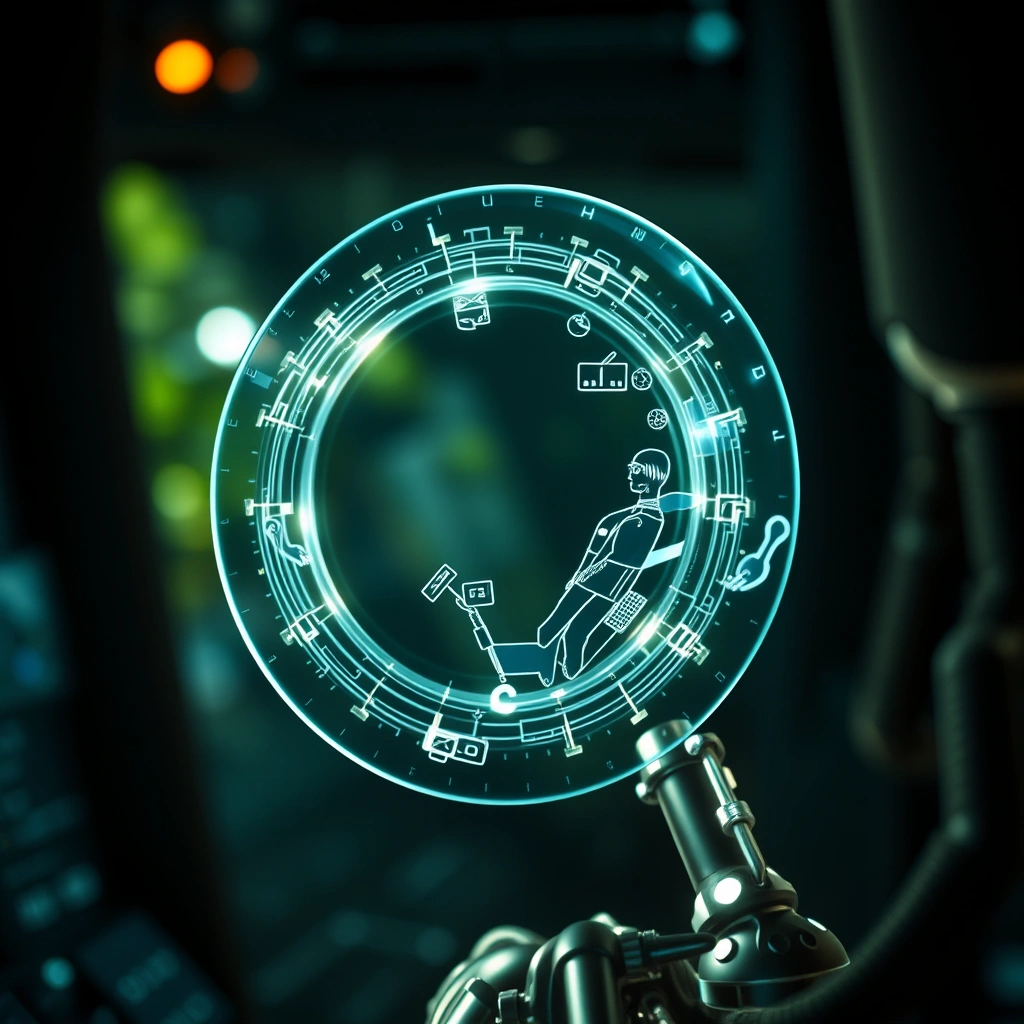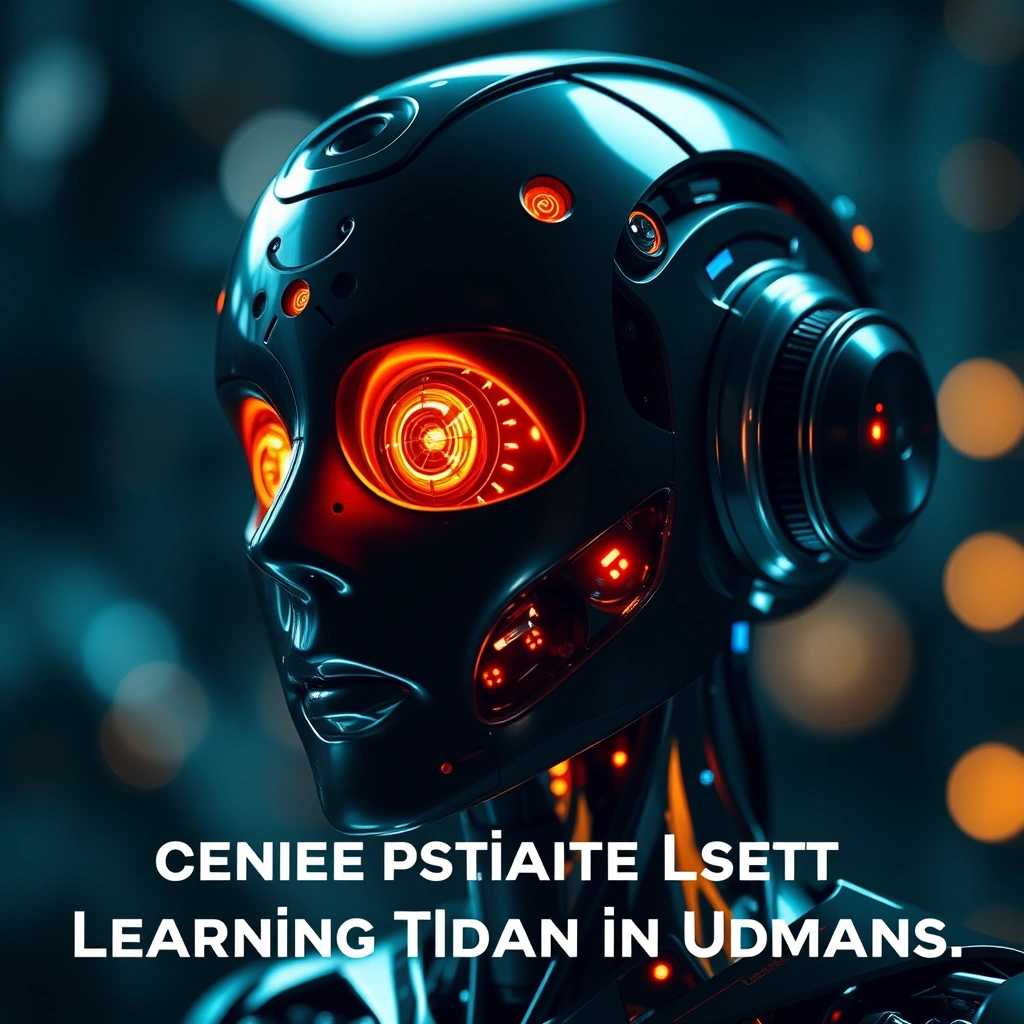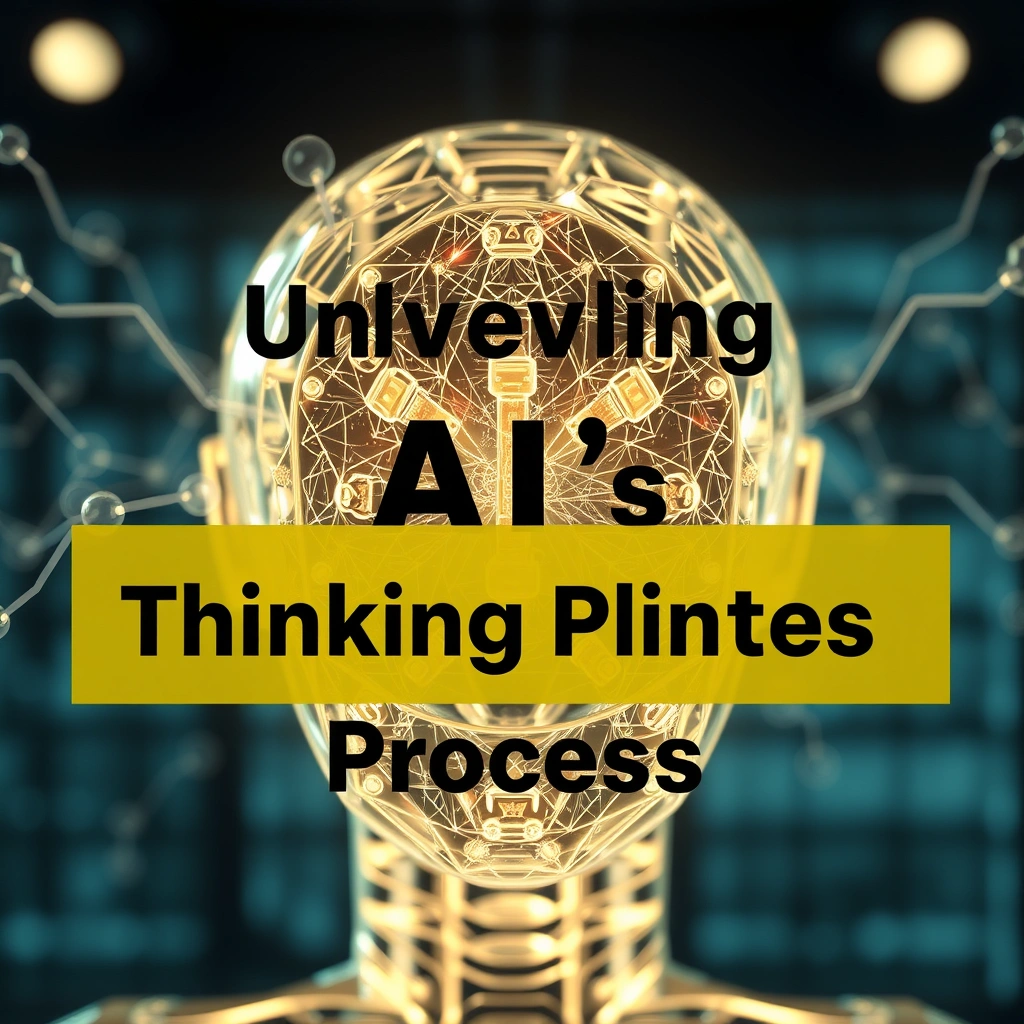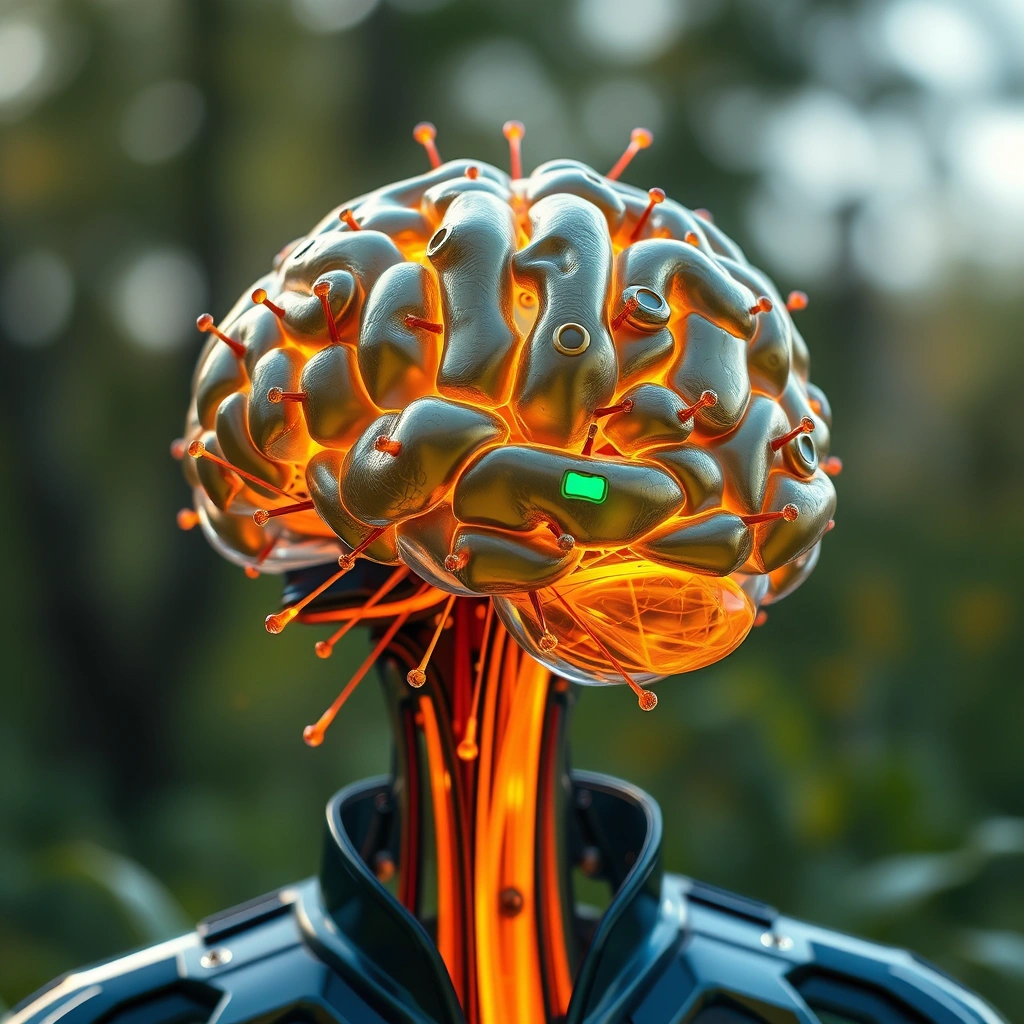Transforming Patient Care: The Rise of AI in Healthcare
The healthcare industry is on the cusp of a revolution, driven by the integration of Artificial Intelligence (AI) in diagnostics. AI Healthcare is transforming the way medical professionals diagnose and treat patients, making it more efficient, accurate, and personalized. With AI algorithms analyzing vast amounts of medical data, healthcare providers can now identify patterns and make predictions that were previously impossible. This fusion of technology and medicine is poised to revolutionize the healthcare landscape, improving patient outcomes and saving lives.
Enhancing Diagnostic Accuracy with AI Healthcare
AI Healthcare is being used to enhance diagnostic accuracy in various medical specialties. For instance, AI-powered computer vision is being used to analyze medical images such as X-rays and MRIs to detect abnormalities and diagnose conditions like cancer. Studies have shown that AI algorithms can detect breast cancer from mammography images with a high degree of accuracy, outperforming human radiologists in some cases.
Some benefits of AI in medical imaging include:
– Improved detection rates
– Reduced false positives
– Enhanced patient care through early diagnosis
AI-Powered Diagnostic Tools
AI-powered diagnostic tools are being developed to analyze medical data and provide healthcare professionals with accurate diagnoses. These tools use machine learning algorithms to analyze large datasets and identify patterns that may not be apparent to human clinicians. For example, AI-powered chatbots are being used to diagnose mental health conditions, such as depression and anxiety, by analyzing patient responses to a series of questions.
Streamlining Clinical Workflows with AI
AI Healthcare is not only improving diagnostic accuracy but also streamlining clinical workflows. AI-powered systems can automate routine administrative tasks, freeing up healthcare professionals to focus on more complex and high-value tasks. According to a report by the Healthcare Information and Management Systems Society (HIMSS), AI-powered chatbots can help reduce administrative burdens on healthcare staff, allowing them to devote more time to patient care.
Some ways AI is streamlining clinical workflows include:
1. Automating appointment scheduling
2. Providing patient engagement and education
3. Analyzing medical data to identify high-risk patients
The Future of AI Healthcare: Opportunities and Challenges
As AI continues to transform the healthcare industry, there are both opportunities and challenges on the horizon. One of the significant opportunities is the potential for AI to improve healthcare outcomes in underserved communities. AI-powered diagnostic tools can be used to analyze medical data and provide healthcare professionals with accurate diagnoses, even in areas with limited access to medical specialists.
However, there are also challenges to be addressed, including:
– Ensuring the accuracy and reliability of AI algorithms
– Addressing concerns around data privacy and security
– Developing regulatory frameworks to govern the use of AI in healthcare
Addressing the Challenges of AI Healthcare
To overcome the challenges associated with AI Healthcare, it is essential to develop robust regulatory frameworks that ensure the safe and effective use of AI in healthcare. This includes establishing standards for the development and validation of AI algorithms, as well as ensuring that healthcare professionals are trained to use AI-powered diagnostic tools effectively.
For more information on the latest developments in AI Healthcare, you can visit reputable sources such as the National Institutes of Health (NIH) or the Healthcare Information and Management Systems Society (HIMSS) at https://www.himss.org/.
Unlocking the Full Potential of AI Healthcare
The integration of AI in healthcare diagnostics has the potential to revolutionize the way medical professionals diagnose and treat patients. As AI continues to evolve and improve, it is likely to have a significant impact on the healthcare industry, improving patient outcomes and saving lives.
To stay ahead of the curve and unlock the full potential of AI Healthcare, healthcare professionals and organizations must be willing to invest in the development and implementation of AI-powered diagnostic tools.
For those interested in learning more about the applications of AI in healthcare, we invite you to explore our resources or reach out to us directly at khmuhtadin.com.
